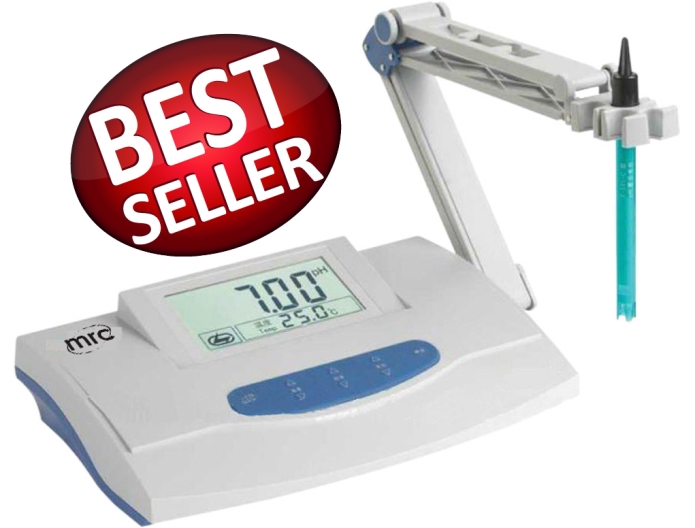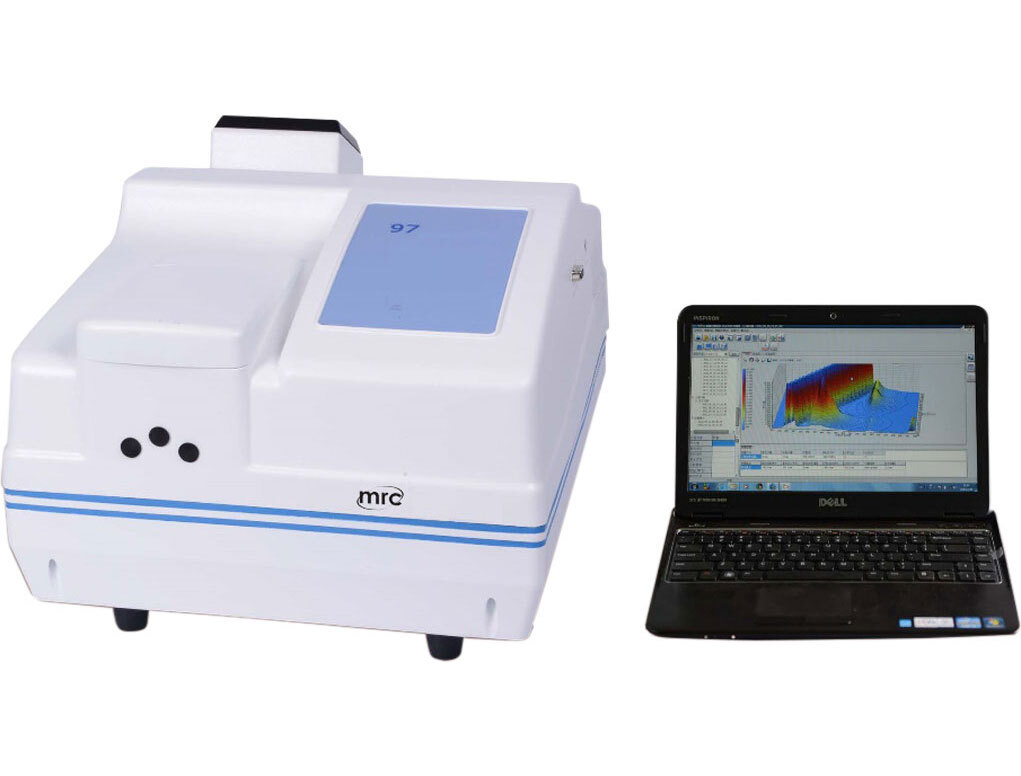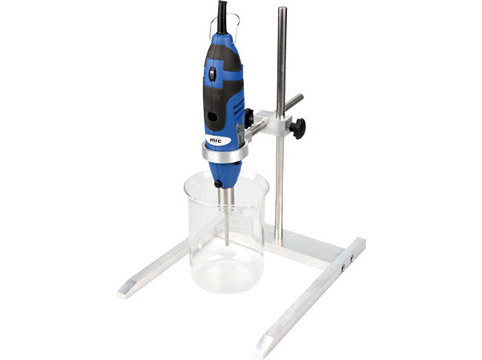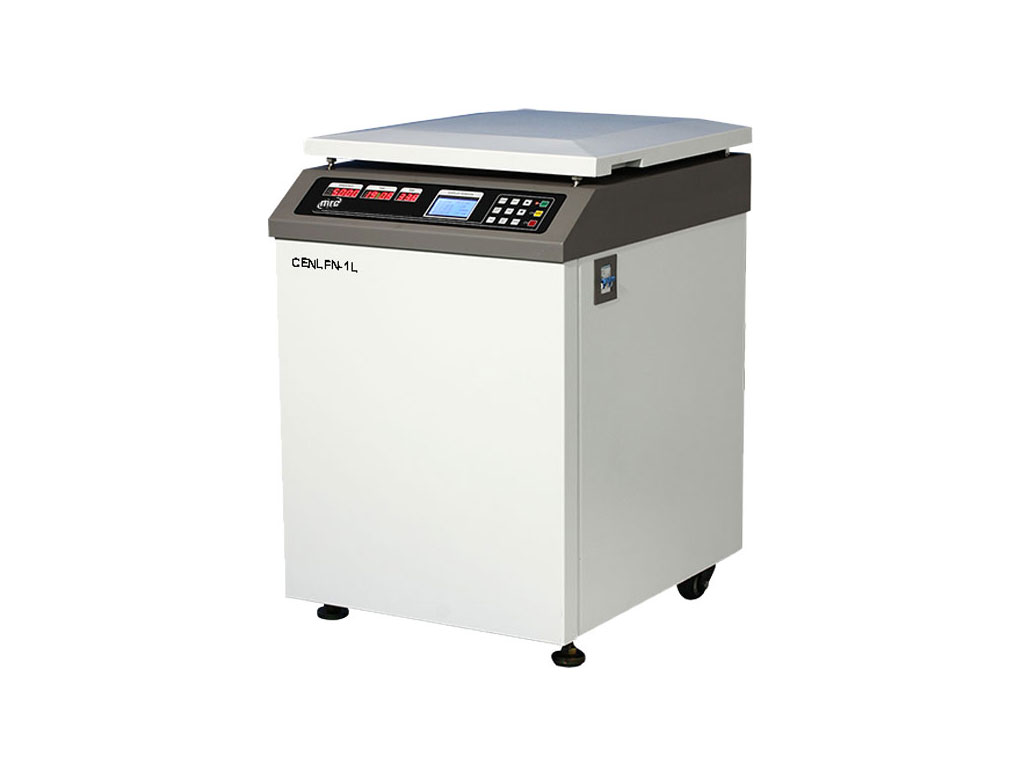Laboratory Equipment for Food Laboratories
In any food laboratory, having the right laboratory equipment is essential to ensure accurate and reliable results. From measuring and testing instruments to preparation and handling equipment, laboratory equipment plays a crucial role in food quality and safety. This article will cover the different types of laboratory equipment used in food laboratories and beverages laboratories, their importance, and how they are used.
Measuring Instruments
Measuring instruments are crucial in food laboratories as they provide accurate measurements of different food properties. Below are some of the measuring instruments used in food laboratories.
Scales and Balances
Scales and balances are used to measure the weight of food samples accurately. They come in different types and sizes, from bench scales to portable scales, and can measure in various units, including grams and kilograms.
pH Meters
pH meters measure the acidity or alkalinity of food samples. They are essential in determining the safety and quality of food products such as fruits, vegetables, and beverages. pH meters come in different types, including portable and benchtop models.

Spectrophotometers
Spectrophotometers are used to measure the amount of light absorbed by food samples. They are essential in determining the color of food products, which is an important quality parameter in the food industry.

Refractometers
Refractometers measure the refractive index of food samples, which is essential in determining the sugar content of food products such as fruits and beverages.
Gas Chromatography
Gas chromatography is a technique used to separate and analyze different components in food samples. It is essential in determining the quality and safety of food products such as oils and fats.
Liquid Chromatography
Liquid chromatography is a technique used to separate and analyze different components in food samples. It is essential in determining the quality and safety of food products such as vitamins and amino acids.
Testing Instruments
Testing instruments are used to analyze different food properties and parameters. Below are some of the testing instruments used in food laboratories.
Moisture Analyzers
Moisture analyzers are used to determine the moisture content of food products. They are essential in determining the shelf life and quality of food products such as grains, cereals, and nuts.
Texture Analyzers
Texture analyzers measure the physical properties of food products such as hardness, chewiness, and viscosity. They are essential in determining the sensory properties and consumer acceptability of food products.
Colorimeters
Colorimeters are used to determine the color of food products. They are essential in determining the quality and freshness of food products such as meat and fish.
Preparation Equipment
Preparation equipment is used to prepare food samples for analysis. Below are some of the preparation equipment used in food laboratories.
Homogenizers
Homogenizers are used to blend and mix food samples. They are essential in preparing samples for testing and analysis.

Mixers
Mixers are used to mix and homogenize food
Centrifuges
Centrifuges are used to separate different components in food samples. They work by applying centrifugal force to the samples, causing the components to separate based on their density.

Autoclaves
Autoclaves are used to sterilize equipment and samples before analysis. They use high-pressure steam to kill bacteria, viruses, and other microorganisms that may interfere with the analysis.
Incubators
Laboratory incubators are used to grow and culture microorganisms such as bacteria and fungi. They are essential in determining the safety and quality of food products such as dairy products and fermented foods.
Freezers
Laboratory Freezers are used to store food samples at low temperatures. They are essential in preserving the quality and freshness of food products such as meats and seafood.
Importance of Quality Laboratory Equipment in Food Laboratories
The quality of laboratory equipment used in food laboratories is crucial in ensuring the accuracy and reliability of test results. Using low-quality or outdated equipment can result in inaccurate measurements, leading to incorrect conclusions and decisions that could impact food safety and quality. Quality laboratory equipment also helps to streamline laboratory operations, reduce errors, and increase productivity.